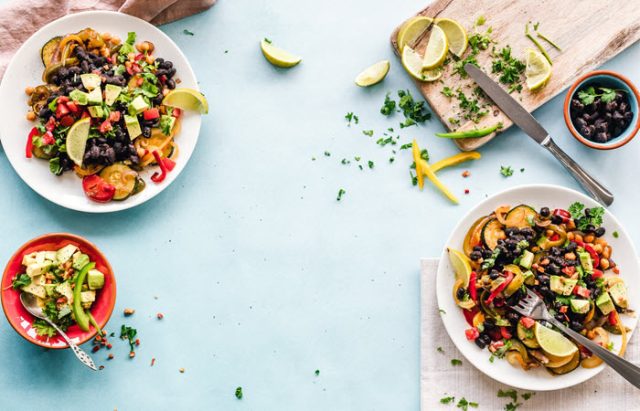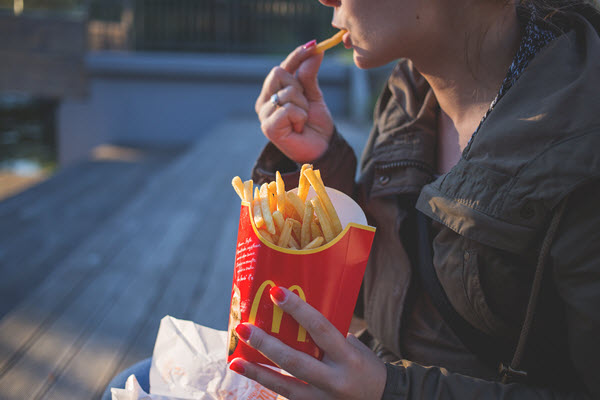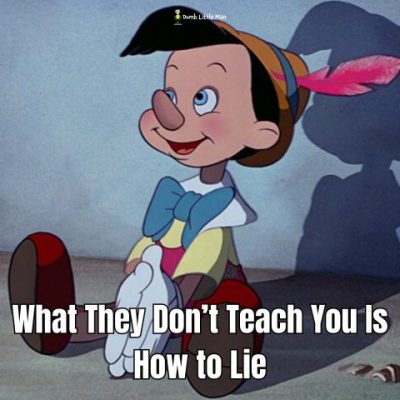Eating Mindfully: What It Is and What It Can Do To Your Body

Many people like to zone out for the evening after work. Watching the Box and taking it easy is a common practice. But do you regularly add chocolate, ice-cream, and potato chips to the mix? In other words, do you tend to forget eating mindfully and binge eat?
The payoff is feeling guilty, bloated and groggy. After a while, self-disgust sets in.
If you smile to yourself knowing you don’t behave like that, then consider yourself lucky. What do you eat and snack on in the morning and afternoon? Maybe your portion sizes could be revisited as well.
You’re Not Alone
Loads of people eat too much or unhealthily from time to time. But if you’re one of those who do so regularly, then chances are, like millions of others, you’re hooked on junk food.
It’s easy to say you’re addicted to sugar or it’s the salt your body craves. But when it comes to changing eating habits, it’s easier to remain in the rut of unhealthy eating.
And eating junk is not only part of modern-day living — it’s now part of our culture.
Gulp!

A fast-paced life contributes to this. Being busy and distracted, who stops to reflect on their eating habits?
You might notice feeling bloated, lethargic, and even dependent on certain junk foods. But what prompts you to do something about it?
It tends to be when weight gain is no longer acceptable or when self-disgust threatens to implode. God forbid, it’s a health scare which forces the issue. But whatever the cause is, that’s when self-reflection is free to kick in.
But why wait for these unpleasant experiences when you can start now and avoid them?
Mindful Thinking
You can change your behavior and relationship with food by changing the way you think about it. Mindfulness is a great technique which helps you do that.
No doubt, many of you are acquainted with mindfulness, but I’ll recap for everyone’s benefit.
Mindfulness is about focusing on and being aware of what is happening in the present. It’s paying attention to what you are thinking, feeling, and experiencing. It’s also about accepting what you’re experiencing without criticizing, analyzing or judging yourself.
Here’s a way to use mindfulness.
Go through your day and recall the food you ate. Don’t forget to include the naughty snacks, what you ate in your car or when others weren’t watching. Ha!
- What was healthy or unhealthy about it?
- How does this make you feel?
- What healthier choices could you have made?
Take your time and reflect on what you’ve eaten.
Next, accept that junk foods are processed rubbish. They contain lots of preservatives and additives, like sugar and salt. So, ask yourself:
- Are you aware of what these foods do to your body?
- Do you know how they affect your mind?
- Do you realize you can end up craving them?
Stay present at the moment and reflect. It’s that simple. Acknowledge and accept your findings and the changes you need to make.
Journal with a Twist

It’s also important to journal what you eat and drink. Write down the healthy food on the left-hand column and the crappy stuff on the right. It’s easier to compare it that way. Also, write what you think and how you feel about the foods you are eating.
And here comes the twist.
Picture any unhealthy foods you opted for that day. Hold them in your mind as you clench your fists. Then, say to yourself: I release and let you go from my life.
Do that as you unclench your fists. Remember to focus and be present. Whenever you feel distracted, gently bring yourself back to the present. And do this for each unhealthy food listed.
This visualization is a powerful tool. It can help change patterns of thinking as you adopt new and healthier habits.
See Also: 5 Ways Writing Can Lead You to Mindfulness
Be Honest with Yourself
Being non-judgmental is part of any mindfulness practice. That means you can afford to be honest with yourself. You’re not in competition with anyone. So, relax and document truthfully what’s going on with your eating habits.
Remember, you’re doing this honestly to observe and acknowledge what you’ve eaten. This helps you determine what’s better for you and your health in the long run. And it will also help you benefit more from the Release and Let Go exercise.
Real Food Real Thinking
The average Joe all too often reaches for what is convenient at mealtimes. And cooking is often viewed as a chore while time’s better spent doing…
Exactly doing what?
It’ll be used mostly to spend time lazing about, watching TV or losing yourself in social media. But you can change this behavior. Establish a new relationship with healthy food and cooking and use mindfulness to help.
First, try to enjoy shopping for healthy food. Look at the rich, vibrant colors of the fruit and vegetables.
Then, be present to the food as you prepare it. Again, look and smell it as you do this. Anticipate the mouth-watering tastes you are about to experience.
Also, view the food as an extension of yourself. You bought, prepared, and cooked it. Perhaps, you grew it in your garden.
It’s also great to share food with your loved ones. When you do so, it’s easier to see food as an extension of yourself, as giving of yourself to others.
Journal Comparisons
Again, journal these healthy experiences. Do you notice the difference in what you write here?
One difference you’re sure to notice is feeling less guilty. Why? Because you’re giving your body what it needs and what truly fulfills it. The body has its way of informing the mind. It’s a primal and subconscious thing.
Hopefully, you’ll also experience a fuller participation in your relationship with food. And you’ll come to understand that healthy eating is an important part of self-care.
And Lead Us Not into Temptation
Times will come when you feel tempted to eat crappy foods again. Stress might be a factor. Arguing with a loved one or having a jerk of a boss will ensure the desire for comfort food.
In such instances, it’s handy to picture a food type which disgusts you. See it mixed in with a portion of your particular comfort food. Also, use a keyword or phrase to accompany what you’re picturing.
Now, imagine yourself eating it!
Prawns and chocolate is my key-phrase. I say it slowly, remaining focused. Then, I imagine I’m eating prawns mixed through with chocolate. It’s gross, but it does work. I gag at the smell of seafood, never mind eating it.
So, look at the picture formed in your mind. Allow yourself to feel disgusted. Go back and forth between the picture and the keyword or phrase.
Reinforce this by considering the ingredients of junk food — its chemicals and preservatives. Remind yourself that they’re sugar packed or salt laced and full of unhealthy fats.
And So…
None of us eats in a vacuum and all too often, people eat without thinking. But eating mindfully and journaling daily helps you reflect on your eating habits. And as you recognize what’s unhealthy, you now have the opportunity to change that.
Likewise, visualization and the use of a keyword or phrase promote healthier eating. And their repeated use ensures a healthier relationship with food for a lifetime.
So, will you take the plunge and boldly munch your way to a healthier you? Or will you stay stagnant and take the health risks in your stride?







